Ellie (Muhan) Yao is a 2D/3D motion designer based in New York City, currently contracted at Google. With past experience at Nickelodeon and diverse clients, she creates captivating motion designs. Drawing from a background in engineering, music, and motion design, Muhan combines strong problem-solving skills with a keen sense of rhythm.
New York, United States
@elyao_art | muhanyao.com
INTERVIEW
Muhan, your work often integrates gradients, noise, and a playful cartoonish style. How did you develop this signature aesthetic?
Since I taught myself animation and drawing, I initially excelled at creating humorous cartoon illustrations with a pencil on paper. I enjoyed capturing the people and things around me in vivid, absurd, and funny shapes and stories. After learning animation, I began exploring a style that suited my personality. I realized that my illustrations, paired with dynamic movement and vibrant gradient colors, felt like the perfect match, and I gradually started to embrace this kind of creative work. I’ve always had a love for nostalgic things, and although it’s not always heavily featured in my work, subtle elements of nostalgia and music often find their way into my creations.
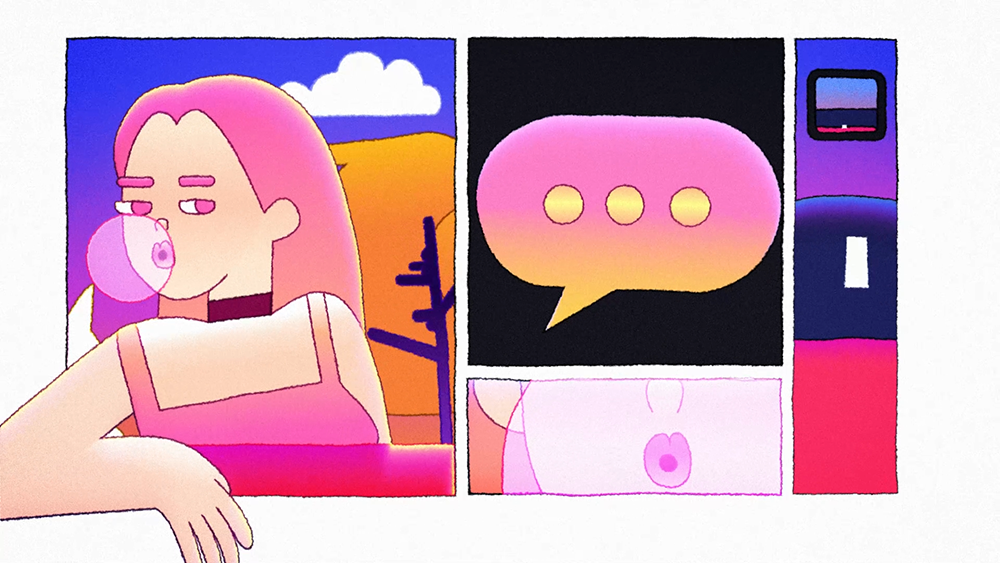
You specialize in blending 2D motion graphics with 3D techniques. What challenges do you face when merging these styles, and how do you overcome them?
When I first started learning 2D, I was accustomed to thinking in very flat, two-dimensional terms when designing visuals, which made it challenging to break out of that mindset. However, after learning 3D and becoming more comfortable with it, I began to see the endless possibilities and fun of dynamic motion and camera work in space. It became a process of continuous exploration and experimentation—like figuring out how to achieve 2D-style materials and lighting in a 3D environment, or using very flat design compositions to create 3D animations, or blending both styles within the same frame. Over time, I realized that the boundaries between them become increasingly blurred, and they actually complement each other rather than being separate.
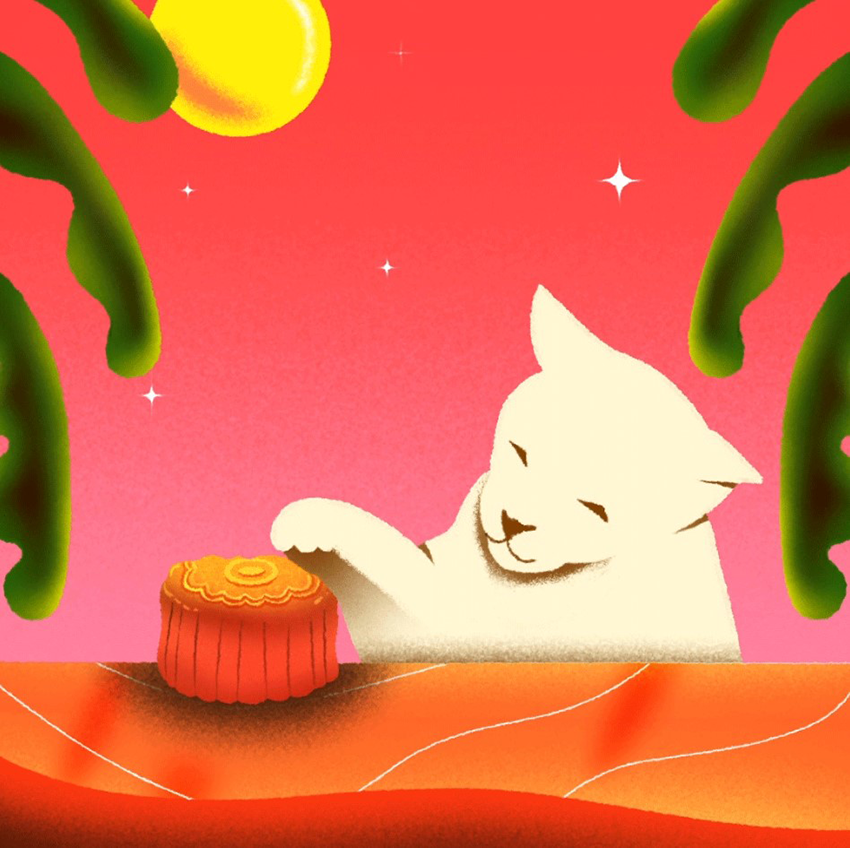
Working at Google and Nickelodeon, you collaborated on high-profile projects. What was the most rewarding or challenging project you’ve worked on so far?
One of the most rewarding and challenging projects I’ve worked on so far was at Google, where I had the opportunity to contribute to an AR project. It was an entirely new experience for me, and it involved extensive collaboration with engineers, UX designers, visual designers, motion designers, and others. The fast-paced nature of the work was both thrilling and challenging, as things would often move quickly, and we had to solve problems on the fly.
What made it especially rewarding was that this was a real product for users, so being able to interact with my own animations and see them come to life in such an engaging way was incredibly fulfilling. I’m also someone who loves problem-solving, so every time we overcame a challenge or optimized something, it gave me a huge sense of accomplishment.
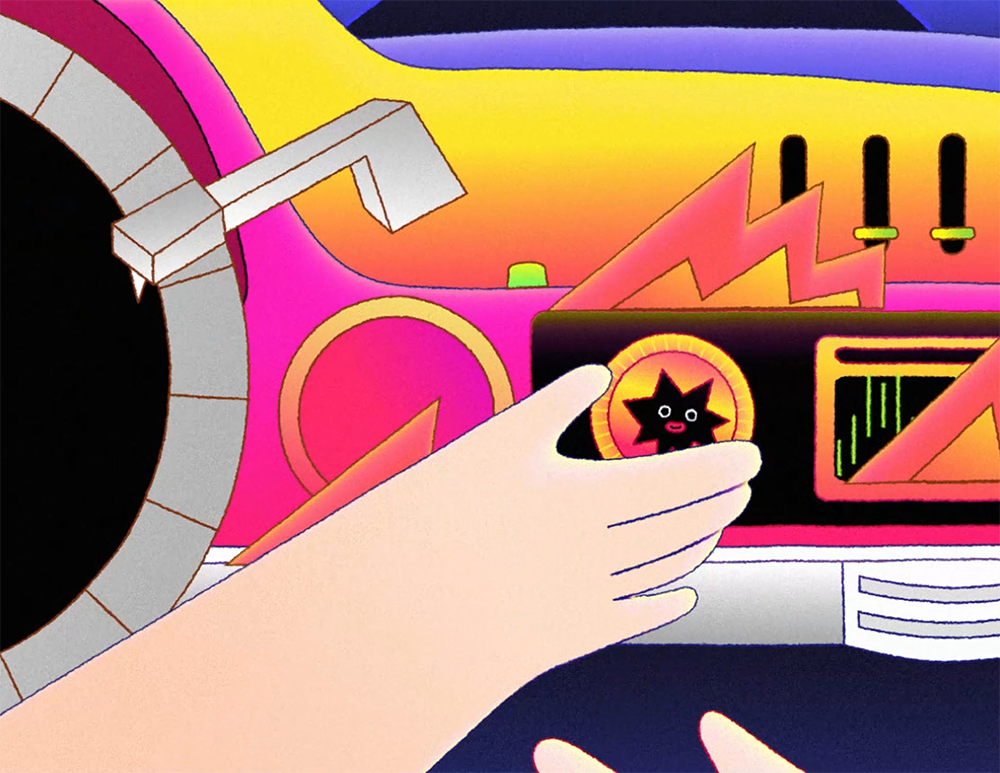
You’ve won several prestigious awards for your animated short films. Which recognition holds the most significance for you, and why?
Winning the Award Winner title at the Accolade Global Film Competition: Animation is especially meaningful to me. This recognition holds a special place because it’s not just an award—it’s an acknowledgment from an esteemed competition that is IMDB-qualified, which automatically elevates the credibility of my work on a global scale. The Accolade competition is known for spotlighting high-caliber films, and being recognized alongside such talented filmmakers is a huge honor.
The impact of this recognition goes beyond just the award itself; it’s a validation of the hard work and passion I poured into Double Trouble, my animated short. The competition’s reputation for celebrating outstanding animation and storytelling means that my work has been seen and appreciated by professionals in the industry, which opens doors to new opportunities and collaborations. It also gave me the confidence to continue pursuing my creative path, knowing that the stories I’m passionate about can resonate with a wider audience.
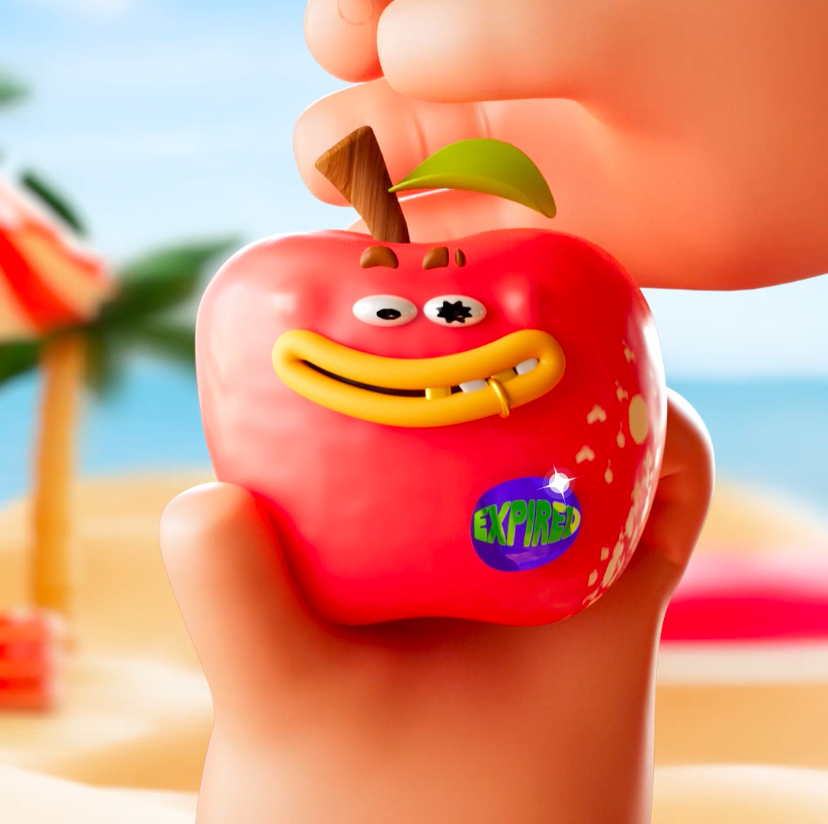
How has the recognition from film festivals impacted your career as a motion designer?
The recognition from film festivals has been incredibly validating for me as a motion designer. Winning awards and having my work showcased at such events has not only increased my visibility but also reaffirmed that the stories I want to tell through animation resonate with others. For example, with Double Trouble, a personal story about my relationship with my sister, the positive feedback from audiences made me realize the universal nature of the themes I explore—rivalry, understanding, and reconciliation.
This recognition has given me more confidence in my creative direction, reinforcing the idea that the art I create can have a meaningful impact on viewers. It’s also opened doors to new opportunities, collaborations, and projects that I might not have had access to otherwise. In a way, the recognition from these festivals has allowed me to feel more connected to the broader creative community, giving me a sense of belonging and pushing me to continue exploring new ideas and pushing boundaries in my work.
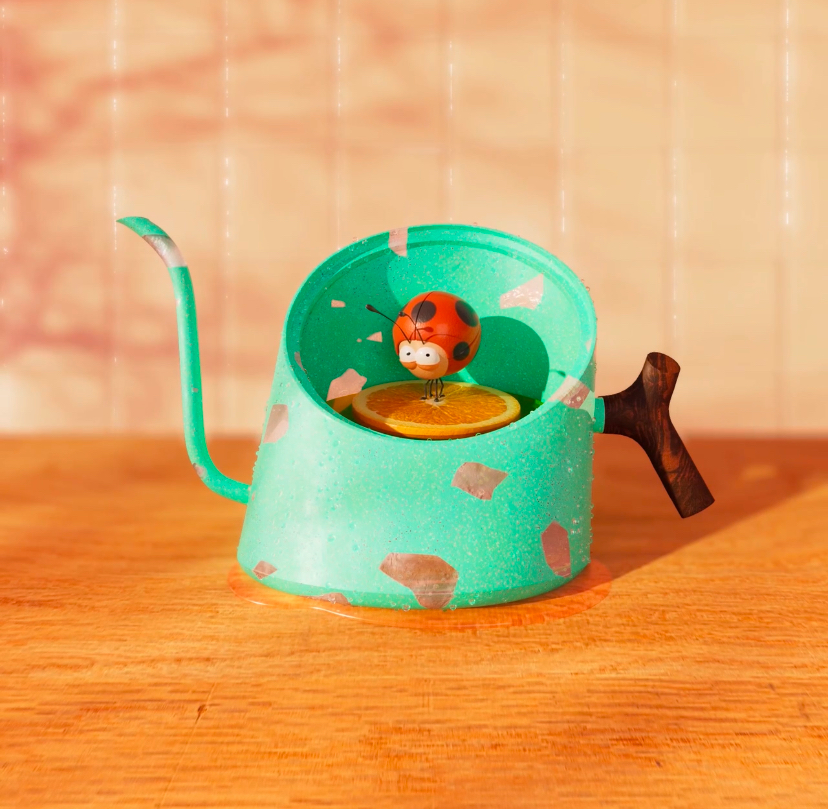
What inspired your award-winning animated short films, and what stories did you aim to tell through them?
“Double Trouble” is a 2D animated film inspired by my personal story with my younger sister, who has been striving to build her own artistic career in New York. I created this piece as a heartfelt and humorous portrayal of our journey through rivalry, understanding, and reconciliation. While the film captures the tension and big fights we’ve had, it ultimately symbolizes the healing and closer bond we’ve found with each other over time.
This project not only allowed me to express my love for my sister through art and storytelling, but it also reminded me how fulfilling it is to share such emotions through creativity. The story itself reflects an experience that many people can relate to—the ups and downs of relationships and the importance of finding common ground. It’s a celebration of the shared moments that help us grow closer, and for me, it’s a deeply personal reflection of love and connection.
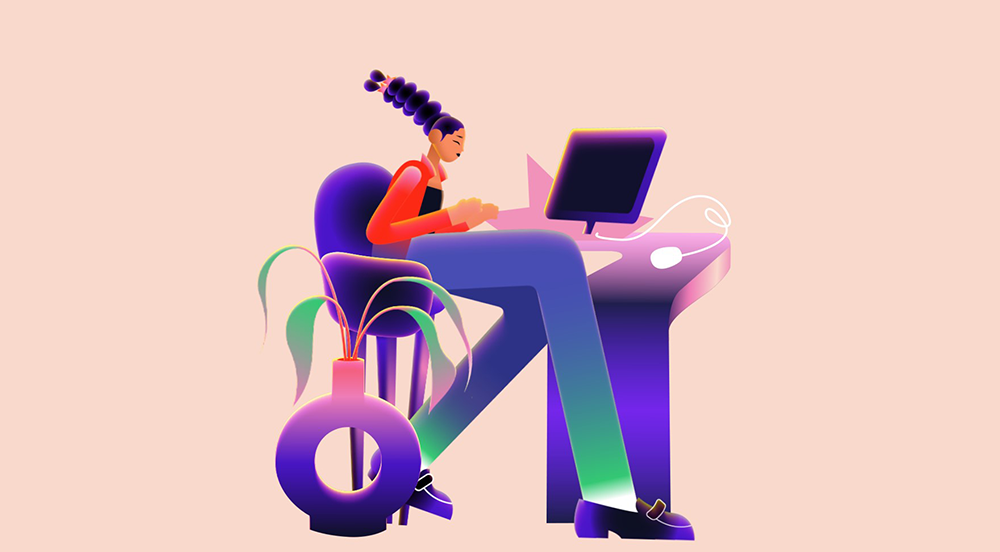
What advice would you give to aspiring motion designers who want to create impactful and award-winning work?
My advice to aspiring motion designers is to stay true to yourself and always seek innovation.
Draw inspiration from your own experiences—observe life, reflect on growth, and weave those insights into your work.
Authenticity and creativity go hand in hand, so don’t be afraid to experiment and push boundaries. This approach will help you create meaningful work that resonates and stands out.